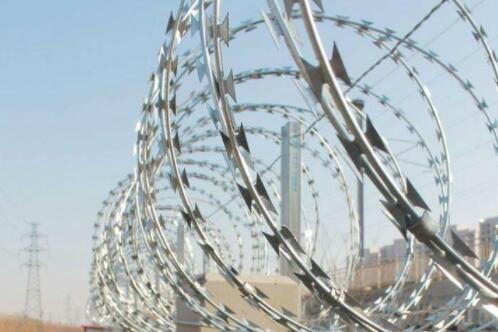Expanding Horizons The Versatility of Expanded Metal
In the realm of engineering and design, materials play a pivotal role in determining the efficiency, aesthetics, and functionality of a product or structure. One such innovative material that has gained considerable traction over the years is expanded metal. This unique form of metal is not just a practical solution for various industrial applications, but it also offers a range of aesthetic opportunities that make it a popular choice in architecture and design.
What is Expanded Metal?
Expanded metal is produced by cutting and stretching a sheet of metal—typically steel, aluminum, or stainless steel—into a mesh-like pattern. The process begins with a flat sheet that is incised and then expanded to create diamond-shaped openings. This transformation results in a robust material characterized by its lightweight nature, strength, and remarkable versatility. The expanded metal can be manufactured in various thicknesses and patterns, making it suitable for an array of applications.
Industrial Applications
One of the primary uses of expanded metal is in the industrial sector. Its durability makes it an ideal choice for walkways, platforms, and safety barriers. When incorporated into flooring systems, expanded metal provides excellent slip resistance, making it safer for workers in high-traffic industrial environments. Furthermore, it allows for proper drainage and ventilation, minimizing the accumulation of water, debris, and harmful substances.
In addition to flooring, expanded metal is frequently used in the manufacturing of product enclosures, grilles, and screens. The open nature of expanded metal facilitates the passage of air and light while providing structural integrity and security. For instance, its use in HVAC systems not only enhances airflow but also contributes to the aesthetic value of the installation.
Architectural and Design Applications
expanded metal

While expanded metal shines in industrial applications, its aesthetic appeal has made it a staple in modern architecture and design. From facades to decorative screens, designers are increasingly incorporating expanded metal into their projects. The material can be treated with various finishes and coatings, such as powder coating or anodizing, allowing it to blend seamlessly with other design elements.
Architects often use expanded metal in perforated panels to create visually striking facades that provide privacy while still allowing natural light to filter through. This dual functionality enhances the aesthetic appeal of buildings while ensuring comfort for the occupants. Moreover, these panels can help in energy efficiency by reducing heat gain and glare, contributing to a more sustainable architectural approach.
Environmental Considerations
Another compelling aspect of expanded metal is its sustainability. The production process is efficient, with minimal waste generated during the cutting and expanding of the sheets. Many expanded metal products are also recyclable, which aligns with the growing emphasis on sustainability in both industrial and architectural contexts.
Additionally, expanded metal allows for the integration of green spaces in urban environments. For example, when used in vertical gardens or green walls, it can support vegetation growth while maintaining structural integrity. This not only promotes biodiversity but also helps in cooling urban areas, further contributing to environmental sustainability.
Conclusion
As we advance into a future where both functionality and aesthetics are key considerations in design, expanded metal emerges as a material that perfectly balances these elements. Its strength, versatility, and unique visual qualities make it suitable for a multitude of applications across various industries. Whether for safety in industrial settings, creativity in architectural design, or contributions to sustainable practices, expanded metal is undoubtedly a material that continues to expand horizons—literally and metaphorically. As architects, engineers, and designers explore new possibilities, the use of expanded metal will likely become even more prevalent, shaping the built environment of tomorrow.

















